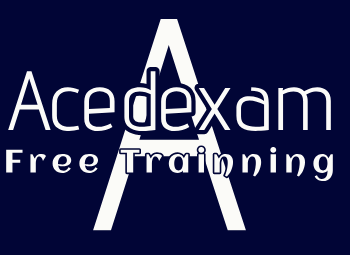Category: Azure SQL Database
Create an Azure SQL DB – CREATE DATABASE dbName; GO
FIGURE 2.3 The Select SQL Deployment Option blade 2. Select the subscriptions and resource group where you want the database to reside. Enter a database name (I used brainjammer). Under the Server drop‐down box, click the Create New link to create a database server. Enter the server name (I used csharpguitar), and enter a server…
Read MoreVolume – CREATE DATABASE dbName; GO
The amount of data being created has increased exponentially over the last decade and continues to do so. Two decades ago the typical amount of storage on a computer was measured in megabytes. Today, a few terabytes aren’t uncommon, especially when you recognize that there are approximately 2.5 quintillion bytes of data created each day.…
Read MoreExtensible Markup Language – CREATE DATABASE dbName; GO
The Extensible Markup Language (XML) file format has been around for many years. It was a very nice advancement coming from its predecessors like CSV or TXT files. What XML has that CSV and TXT files do not is the ability to strongly type the contents of the file. For example, numbers can be represented…
Read MoreAzure Functions– Gaining the Azure Data Engineer Associate Certification
An Azure Function is a FaaS, aka serverless cloud service, offering on Azure. This product is useful for event‐driven IT solutions, such as monitoring and processing messages that enter a messaging queue. The code that is executed is typically small, consisting of a single method or snippet of code. This product scales to the capacity…
Read MorePeering – Gaining the Azure Data Engineer Associate Certification
This is a relatively easy concept to grasp. It means that you can connect two or more VNets together. Resources in VNet A can have access to resources in VNet B. You can make the access between the two VNets the same, or perhaps you wouldn’t want resources in VNet B to have any or…
Read MoreAzure Bastion – Gaining the Azure Data Engineer Associate Certification
It is common practice to make a remote desktop connection to a Windows machine using the Remote Desktop Protocol (RDP). The port is 3389. RDP may not be supported in some company scenarios due to security restrictions. Instead, you can use Azure Bastion to connect over port 443 from within the Azure portal. The connection…
Read MoreThe Brainjammer– CREATE DATABASE dbName; GO
If you think about it, without data there really isn’t a need for a computer. It does somewhat depend on your definition of what data is, but consider why we access websites from a computer or open apps on our mobile devices. It is done to consume data in one form or another, like a…
Read MoreScope – Gaining the Azure Data Engineer Associate Certification
The next concept that is important to RBAC is scope. Notice the hierarchical structure illustrated in Figure 1.25. FIGURE 1.25 Role‐based access control scope A management group is the top level, and it can be used to define different departments within a company—for example, IT, Finance, HR, and Accounting. Each of those may be responsible…
Read MoreMultifactor Authentication – Gaining the Azure Data Engineer Associate Certification
Using only user IDs and passwords to protect a resource is no longer considered secure. People have a habit of using the same set of credentials on numerous locations, so if one location is compromised, then all of them are. This is where multifactor authentication (MFA) can help. User IDs and passwords are something a…
Read MoreApache Cassandra– Gaining the Azure Data Engineer Associate Certification
If you have an on‐premises NoSQL Cassandra database and want to migrate to the Azure platform, choose this service. When you migrate to Azure, you no longer need to manage nodes, clusters, or the OS. All of that is outsourced to Azure. Data is queried using the Cassandra Query Language (CQL), and you can use…
Read More
Archives
- August 2024
- July 2024
- June 2024
- May 2024
- April 2024
- March 2024
- February 2024
- January 2024
- December 2023
- November 2023
- October 2023
- September 2023
- July 2023
- May 2023
- April 2023
- March 2023
- February 2023
- January 2023
- December 2022
- November 2022
- October 2022
- September 2022
- May 2022
- April 2022
- February 2022
- January 2022
- December 2021
- October 2021
- September 2021
- August 2021
- June 2021
- May 2021
- April 2021
Contact US


